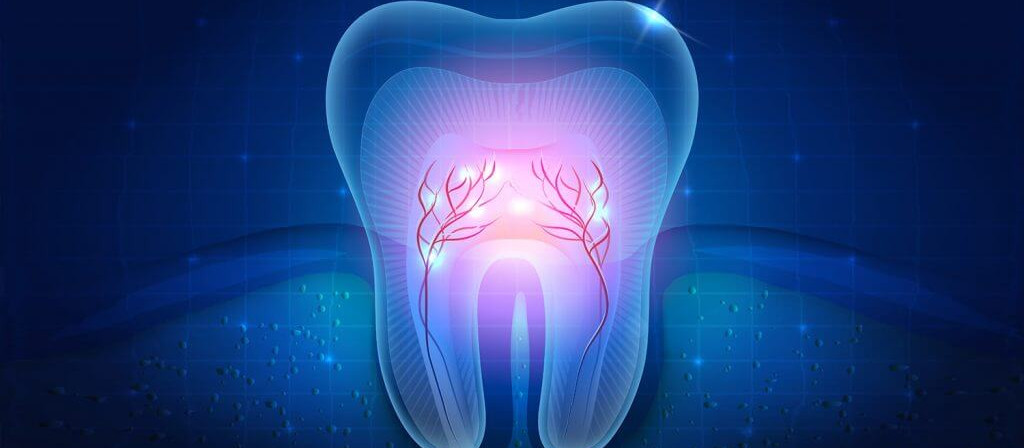
16 October 2024
Pulpitis, its causes and treatment
Pulpitis is an inflammation of the pulp of the tooth, i.e. the soft tissue inside it, which includes nerves, blood vessels and connective tissue.
Causes of pulpitis:
- Caries is the most common cause when bacteria reach the surface of the tooth and penetrate the pulp.
- Trauma to the tooth – A fractured tooth can be the cause that allows bacteria to reach the pulp.
- Tooth wear or erosion - bruxism (excessive chewing of the teeth) or damage to the tooth surface due to the impact of acid.
- Improper treatment – Improper dental procedures can cause irritation or inflammation of the pulp.
Types of pulpitis:
Pulpitis can have two main forms:
Reversible pulpitis:
This form includes a mild inflammation of the pulp, which is still curable if the cause is eliminated in time. Tooth decay or minor trauma causes complications, but the pulp is still functional and can be restored. Treatment involves removing caries and restoring the tooth while preserving the nerve structure.
Symptoms:
- Pain and tenderness to hot and cold, but the pain goes away when the irritant is removed.
- Pain is not constant
Irreversible pulpitis:
This form involves more severe and irreversible damage to the pulp nerve and blood vessels, which often requires root canal treatment. Irreversible pulpitis is caused by deep penetration of bacteria, as a result of which the pulp begins to decay. If not treated in time, the infection can spread to the tissues around the root and cause periodontitis.
Symptoms:
- Severe, long-lasting pain that may be throbbing.
- The pain is constant and may worsen at night.
- Extreme sensitivity to heat and cold that does not go away after the irritant is removed.
- The pain may spread to the jaw or other parts of the face.
Treatment:
In the case of reversible pulpitis, the main goal is to restore the tooth and protect the pulp from further damage. This includes:
Caries removal and tooth filling.
Use of pulp protective materials to reduce sensitivity, such as bioceramic putty.
In case of irreversible pulpitis, the treatment is more intensive:
- Treatment of tooth canals (endodontics): removal of infected pulp from tooth canals and cleaning of the canals with instruments, irrigation, and then filling it with filling material. Often, due to insufficient tissue, such teeth require an artificial crown.
- Tooth extraction: If the tooth cannot be restored, it may be necessary to remove the tooth and replace it with a prosthesis or implant.
Prevention of pulpitis:
Pulpitis can be prevented by daily hygiene and regular visits to the dentist.
- Regular teeth cleaning, flossing, and individual oral hygiene should be prescribed by your dentist.
- Early detection and treatment of caries.
- Regular check-up of teeth at a preventive visit to the dentist.
